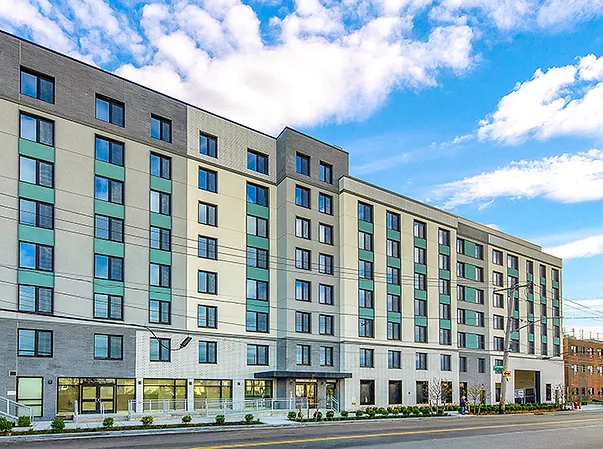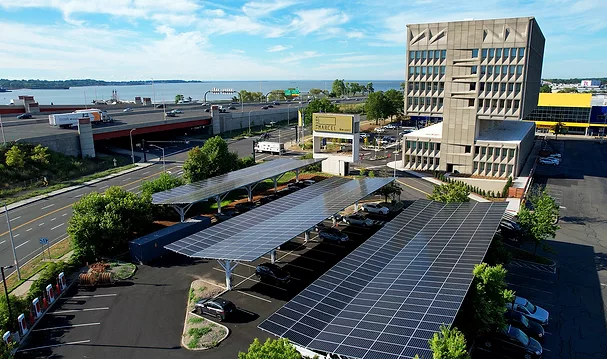Articles by BF Nagy
The Future Is Now
MEP designers are combining heat pumps with other environment-friendly technologies to help make buildings more resilient.
Read More
The Future is Now
New Materials and Modern Thinkers
The planet’s struggling engineers and innovators, the Davids, are beginning to get the better of Goliath.
Read More
The Future Is Now
The World Needs a Retrofit
We can make history by helping retrofit buildings with systems that increase their value while allowing us to breathe cleaner air.
Read More
The Future is Now
Emissions-Free in ‘23
It seems as if more construction professionals and industry organizations understand the need to quickly shift to low-emission buildings.
Read More
The Future Is Now
Survival Tech for Extreme Weather
Florida’s Babcock Ranch is a beacon for resiliency as it survives Hurricane Ian with almost no damage and no loss of electricity or water.
Read More
The Future Is Now
The World in 2035
A tale of an engineering family tackling climate change problems to help the planet.
Read More
The Future is Now
America Goes Green
Congress has passed three historic bills since December 2020 that dramatically shift the country to clean buildings, energy and refrigeration.
Read More
The Future is Now
Green Energy in the Land of the Free
Modern projects demonstrate that we can create buildings and communities with autonomy while still connecting to the main grid.
Read More
The Future is Now
Heat Pumps for a Better Tomorrow
The United States and other countries are taking steps to make heat pumps more accessible to average homeowners through financing.
Read More














